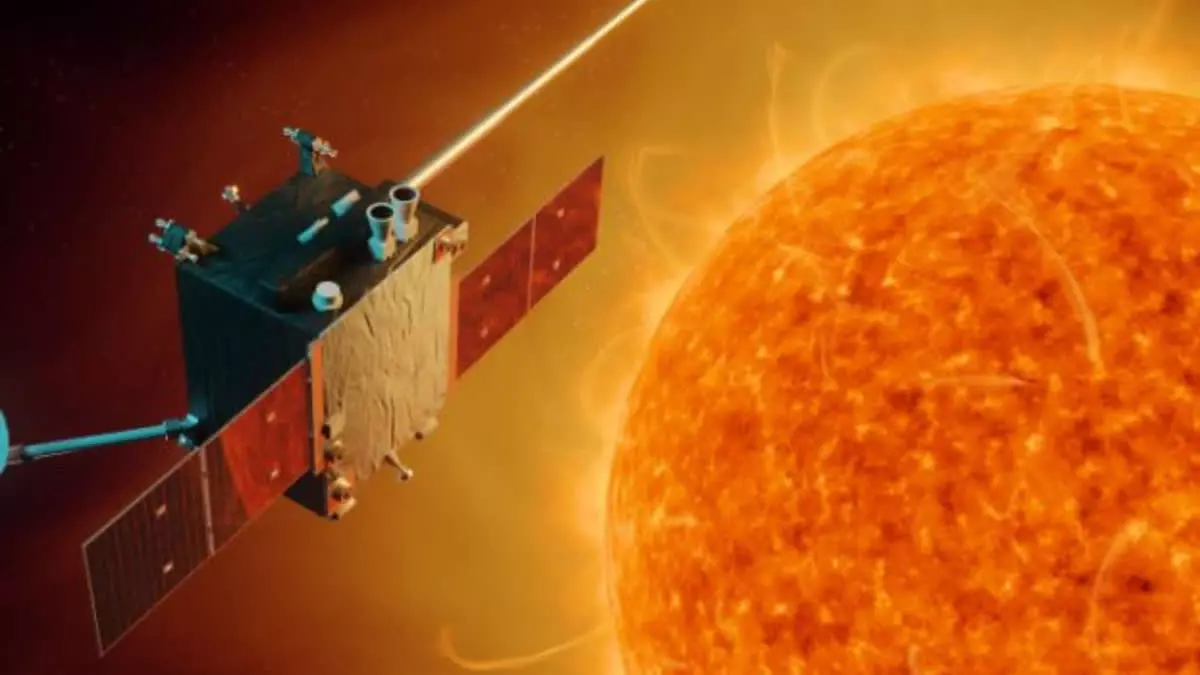
Just days after making the first lunar landing near the Moon’s unexplored south pole, the Indian Space Research Organization successfully launched its Aditya-L1 mission to study the Sun at 11:50 a.m. on Saturday from the Satish Dhawan Space Centre in Sriharikota.
The spacecraft precisely positioned the satellite into its targeted orbit an hour after launch. “India’s first solar observatory has begun its journey to the destination of Sun-Earth L1 point,” said ISRO.
The 1,480 kg spacecraft was launched by India’s workhorse Polar Satellite Launch Vehicle (PSLV) and placed in a highly elliptical orbit 235 km x 19,500 km around the Earth. PSLV’s design includes six solid fuel-based boosters.
The spacecraft’s orbit and velocity will be increased until it is closer to the Sun in the prescribed orbit. The 1.5 million kilometer journey to the Lagrange Point, designated L1, will take roughly four months (125 days).
The spacecraft will subsequently be placed in a halo orbit around the L1 point, where it will remain due to balancing gravity forces, lowering fuel usage. Lagrange Points are named after Joseph-Louis Lagrange, an Italian-French mathematician.
Aditya-L1’s scientific objectives and significance
The Aditya-L1 mission will conduct seven scientific experiments and collect data for the next five years.
The project is intended to offer remote observations of the solar corona as well as data on solar winds. After reaching the desired orbit, the Aditya L1’s primary payload, the Visible Emission Line Coronagraph (VELC), will deliver 1,440 photos to the ground station for processing.
The spacecraft and its payloads will orbit around the Sun indefinitely, without any eclipses. This will allow for real-time observation of solar activities and their impact on space weather.
India has privatized space launches and plans to open the field to international investment as it aims to expand its share of the global launch market fivefold over the next decade.
Indian scientists have previously examined the Sun using ground-based telescopes while depending on data from solar missions launched by the United States, Europe, the United Kingdom, and Japan.






